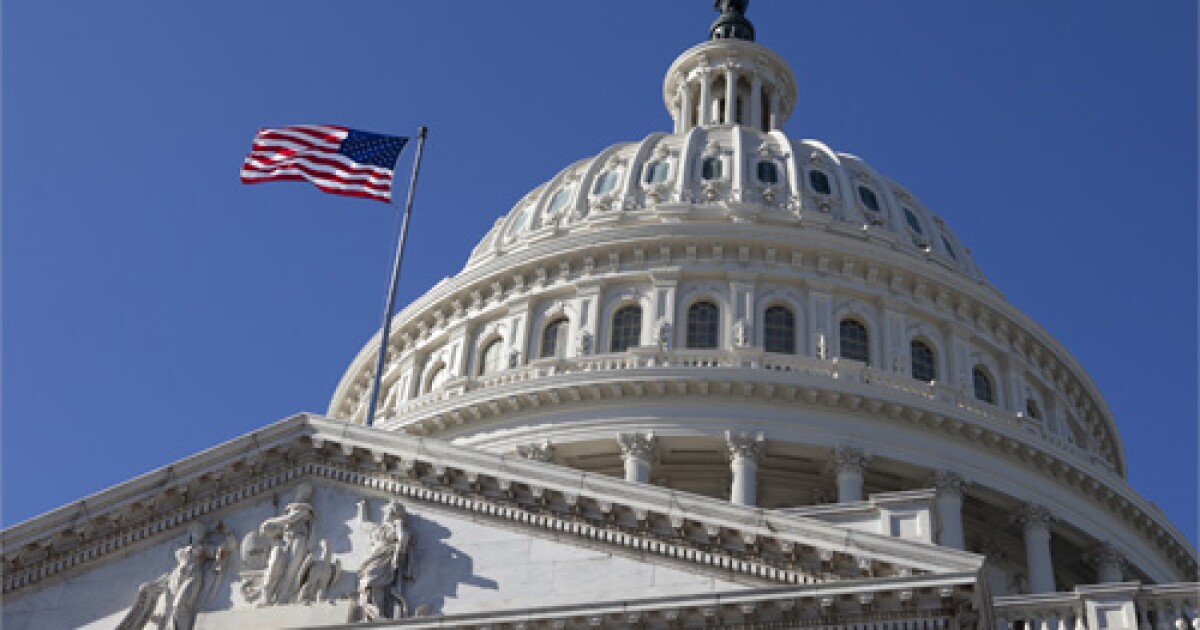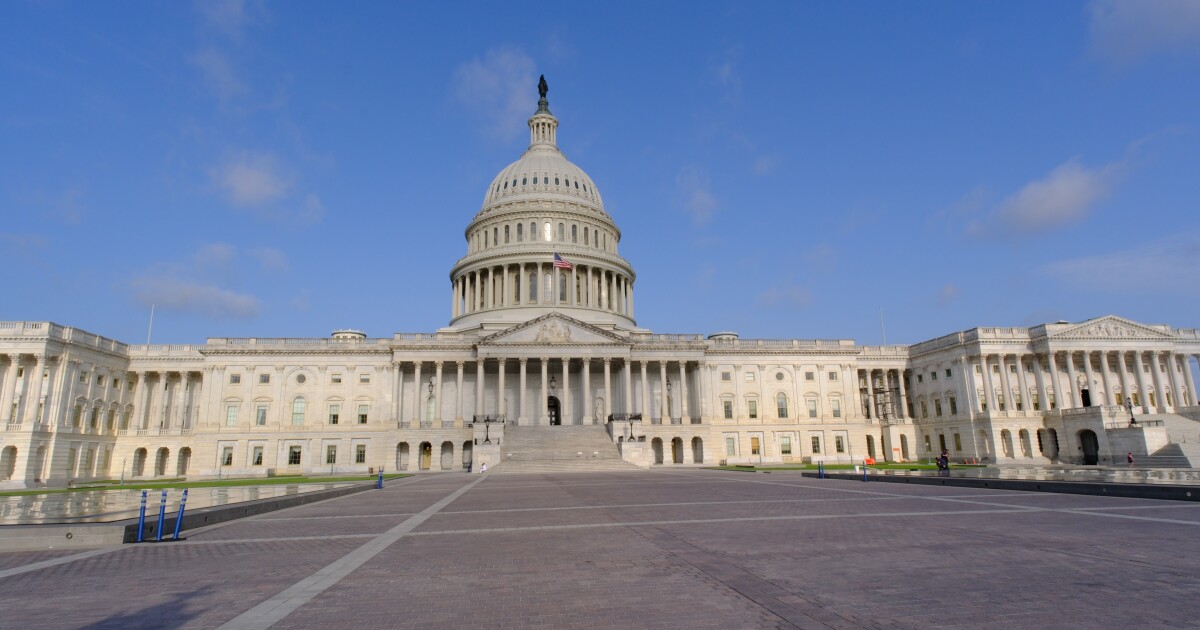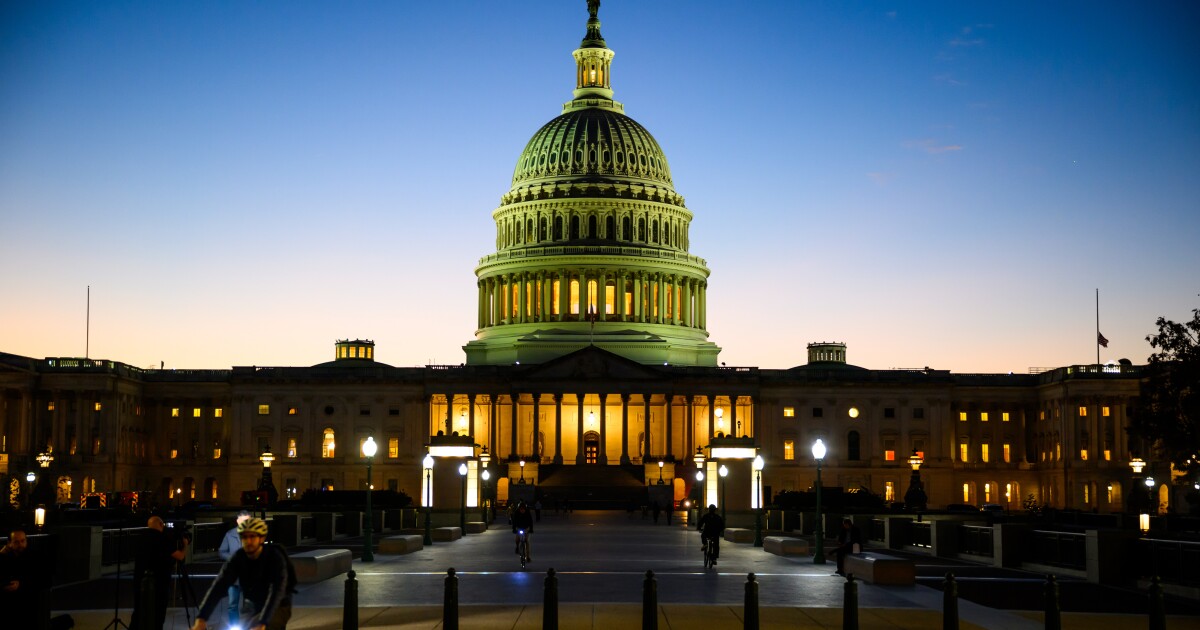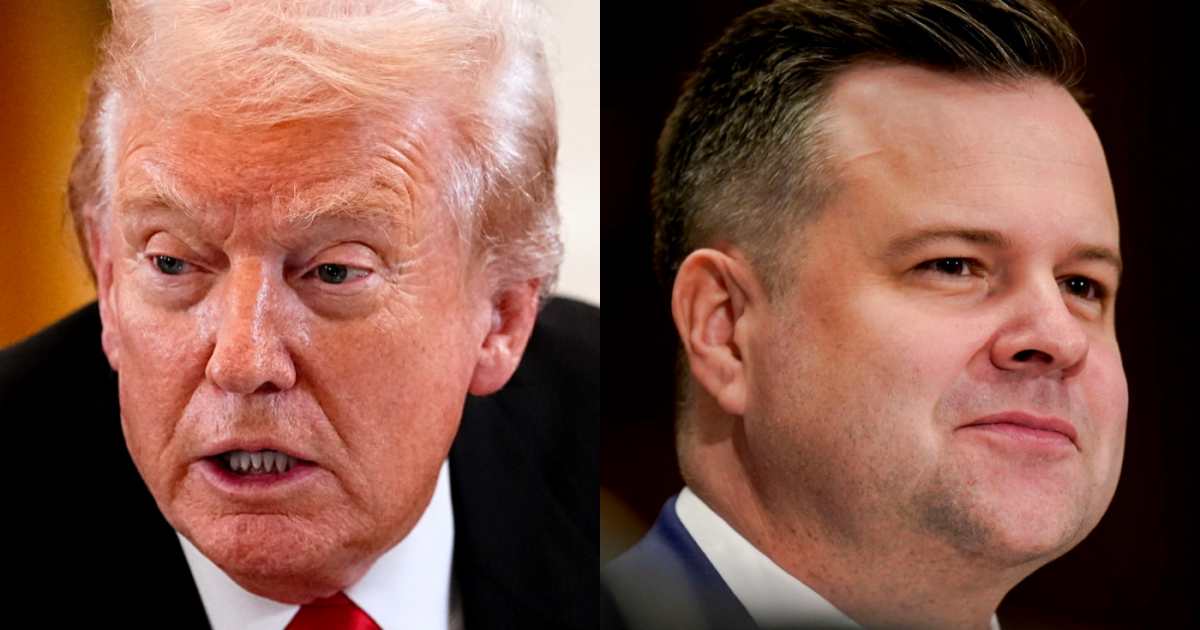
The Congressional Budget Office has estimated that the
The bipartisan CBO said in
The Home Loan banks also are exempt from federal, state and local taxes, and from registration requirements with the Securities and Exchange Commission, which reduces the system's operating costs by another $900 million, the CBO said. In addition, each of the 11 regional Home Loan banks is required by statute to give 10% of earnings to affordable housing, which amounted to $350 million last year.
The report provides fodder for critics that claim the little-known system, created in 1932 to support mortgage lending after the Great Depression, receives billions in subsidies and generates outsize profits for its members while providing far less support for its mission of affordable housing.
"There is a very real government subsidy backing this system," said Kathryn Judge, a law professor and vice dean at Columbia Law School. "Even if the cost doesn't come out of the federal budget, the size and nature of the subsidy is a clear sign that what we're dealing with here is not a truly private organization but a government-sponsored enterprise, and it's important to repeat that because the subsidy tells us that."
Ryan Donovan, president and CEO of the Council of Federal Home Loan Banks, the system's trade group and lobbying arm, said the CBO report confirmed that the government subsidy is paid for by bond investors.
"The report is confirmation of the valuable role the Home Loan Bank System plays in providing liquidity to our members particularly in times of stress, and that the benefits of our system accrue not only to our members but to the broader public and the broader financial system," Donovan said. "It also makes clear that we pose very little risk to the taxpayers, and to the extent that there is a subsidy, private investors — not taxpayers — bear the cost of the subsidy to the system."
Last year, the Home Loan banks earned $6.7 billion and paid a record $3.4 billion in dividends to its members. The system expects to provide $752 million this year to its Affordable Housing Program, which could reach an estimated $1 billion when voluntary programs are included, a spokesman for the system said.
The CBO report comes on the heels of a
Meanwhile, the CBO report
"The FHLB system's status as a GSE creates the perception among investors that its debt is protected by an implied federal guarantee," the CBO report states. "That implied guarantee lowers the interest rates that FHLBs pay on their debt and reduces their costs compared with those of fully private financial institutions."
The CBO seemed to hedge whether any of the subsidies trickle down to real borrowers, stating throughout its report that members "may" pass some of the profits they receive in the form of dividends on to their customers.
"FHLBs' advances may therefore lead to lower interest rates for borrowers on loans made by member institutions, including lower interest rates on single-family residential mortgages," the report said. "That effect on rates is difficult to quantify because members can use the advances to fund any type of loan or investment."
Donovan said the CBO should have gone further by putting a value not just on the government subsidy but also on the benefits he said the system provides in the form of lower mortgage rates.
"CBO should take that extra step and finish the work," Donovan said. "They talk about the costs, but then they also need to talk about the value that we provide."
Cornelius Hurley, an adjunct professor at Boston University School of Law, who served 14 years as an independent director of the Federal Home Loan Bank of Boston, said the $7.3 billion subsidy and the $350 million set aside for affordable housing are the most important numbers cited by the CBO.
"If there was ever an example of a sh[oddy] deal, this is it," said Hurley, who is one of the
Sharon Cornelissen, director of housing at the Consumer Federation of America and chair of the Coalition of FHLBank Reform, a group of academics, housing advocates, regulators and Home Loan bank alumni seeking to reform the 91-year-old system, said consumers deserve more of the subsidy.
"The new CBO report put a number — to the tune of $7.3 billion a year — to the public subsidies that FHLBanks receive as a GSE," she said. "Billions in public funds subsidize corporate profits rather than Americans' ability to afford a house."
Last week, the Biden administration called on the Federal Home Loan banks to double their annual Affordable Housing Program contribution to 20% of net income, up from 10% currently mandated by statute. Sen. Catherine Cortez Masto, D-Nev.,
The CBO said the central estimate of the net government subsidy has a plausible range of between $5.3 billion to $8.5 billion.
The report also mentioned that the Home Loan banks maintain a super-lien position ahead of the Federal Deposit Insurance Corporation, and therefore the system has never experienced any losses because if a member institution fails, the system gets paid before the FDIC does.
"The FDIC is thus exposed to more losses, whereas FHLBs are fully protected," the CBO stated. "Such risk is highlighted by the recent failures of several regional banks whose use of advances increased sharply as they experienced financial stress."
Judge said she hopes the CBO's assessment of the implied government guarantee will spark more conversations about how the system should be reformed.
"The implied backstop creates a real value transfer from the government to the FHLBs that is quantifiable and reflects a policy decision made in a very different era that should be revisited," Judge said. "It helps to trigger the overdue conversation about the nature of the FHLB system and who is benefiting from that system."



